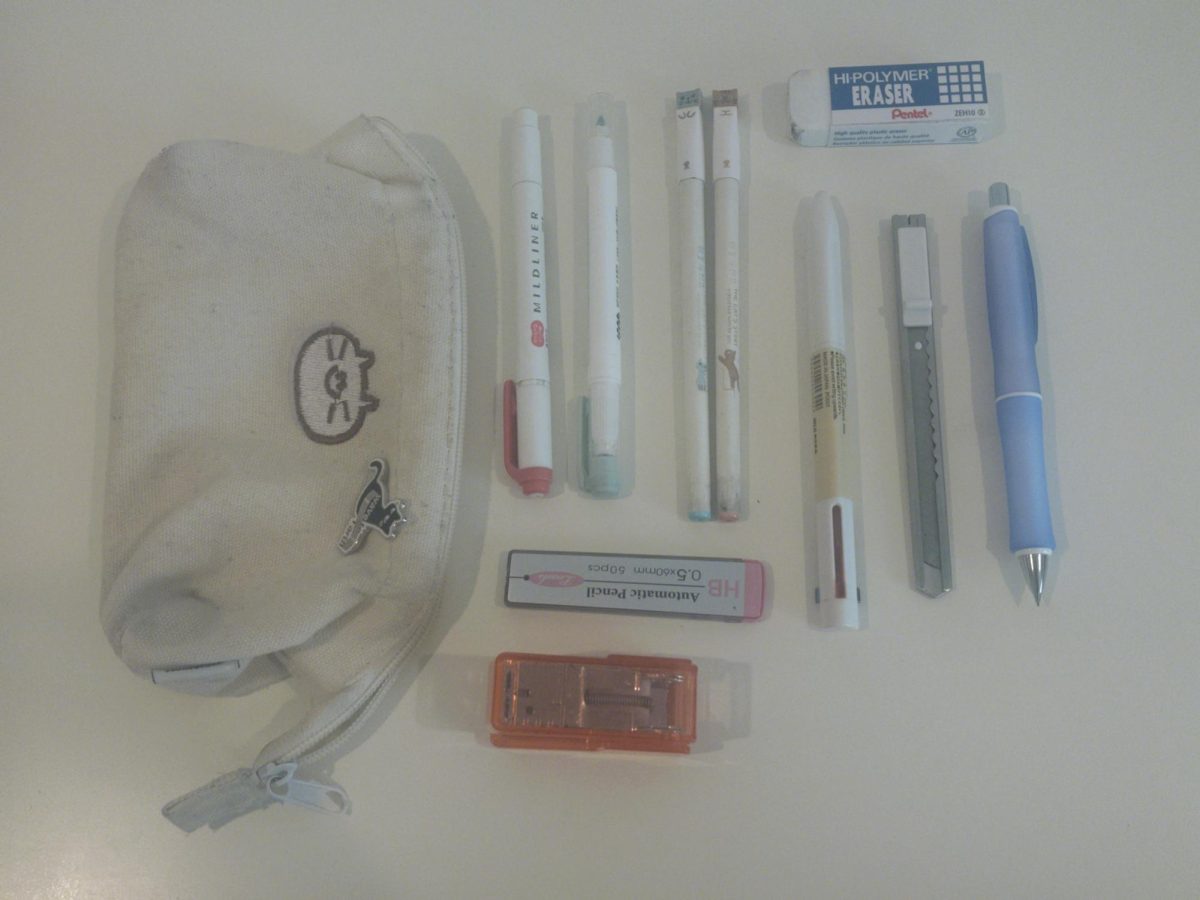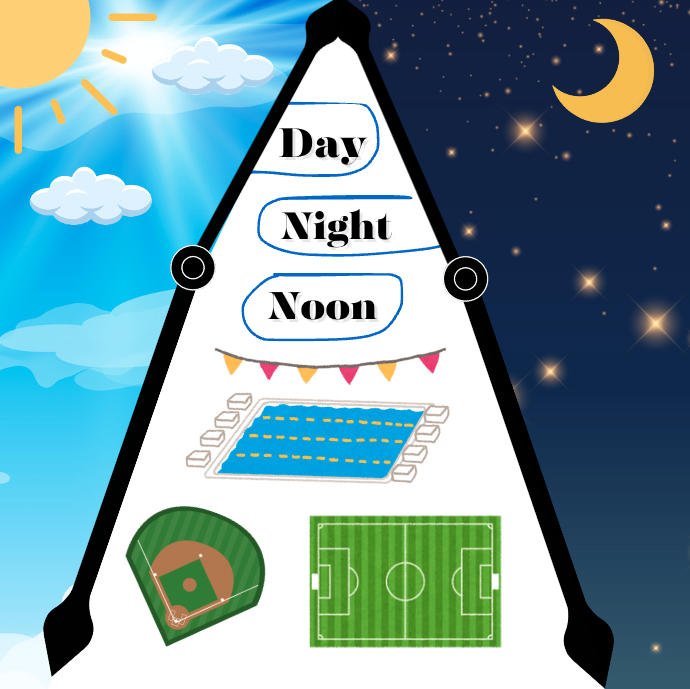At 7:15 a.m. most weekday mornings, Taewon Yim, a junior who is one of the school’s top swimmers, grabs the edge of the pool deck, boosting himself out of the water and concluding his morning training. After he dries himself off, Yim’s towel carries beads of sweat mixed with pool water after 1.5 hours of rigorous practice. Later, Yim heads to his classes, feeling refreshed but also realizing he probably could have used more sleep.
Like most swimmers, Yim has had to learn to be a morning athlete. Other athletes prefer training in the afternoon or well into the evening, but that gives rise to a question many athletes have: Is there an ideal time to work out each day?
According to Yim, one benefit of early workouts is a cleared-out afternoon to do homework free of interruptions and an increased mental clarity in his day.
“I feel like I’m able to power through the day right when I come home from school, with the motivated mindset of already being so productive,” Yim said.
Anthony Hackney, a professor in the department of exercise and sport science at the University of North Carolina Chapel Hill, told Time magazine that morning exercise reduces stress and increases productivity, benefits Yim sees in his daily life along with an increased metabolism.
Yim also mentioned “double days,” where he swims twice a day: once before and once after school. In these cases, having the extra practice in the morning helps fire up his muscles for the later session.
While Yim often works out in the morning, he sometimes still experiences the initial, ensuing drain of energy: “On mornings that I do have practice, I’m often falling asleep in my first class, struggling to keep my eyes open. But days without morning practice … I’m a bit more active and engaged.”
Yim notes that the time commitment also occupies more time reserved for recovery. Having to resort to sleeping earlier, he faces not only the loss of time for homework, but also the need for careful and constant schedule-planning for potential tests that coincide with these dates.
From a professional standpoint, Markham Heid told Time magazine that morning workouts also have an edge in weight loss. Because of the timing of the exercise, athletes head to these sessions on an empty stomach and are able to burn more fat in the fasted state. The reason behind this lies in the fact that people naturally have elevated levels of the cortisol and growth hormones — hormones influential in maintaining an active metabolism — in the morning.
However, most athletes like Yim have focused more centered around strength conditioning and technique improvement, rather than having appearance-based motivation for exercise. In this regard, exercising before eating comes with the risk of “bonking” — the sports term for feeling lethargic or light-headed due to muscles running out of glycogen, or fuel.
Most importantly, morning workouts face the most concerning risk of being more prone to injuries, according to an health.com article medically reviewed by Katrina Carter, DPT. The body temperature is lowest before athletes wake up; such conditions of body temperature cause decreased blood flow and energy, which can make athletes’ muscles stiff and increase their injury risk. Albeit the risk of injuries can be lessened by a good warm-up, the morning is the most vulnerable time for injuries while actively using your muscles.
Unlike swimmers, the vast majority of the school’s athletes do most of their training right after school. For senior baseball pitcher Aiden Chen, this means having afternoon baseball practices from 4-6 p.m. followed by conditioning right after. Conditioning however, comes at Chen’s choice of when to take place during the day, as it is his additional workout to further strengthen his muscles.
Handling both his school workload and rigorous baseball regime as a Division III commit to Claremont McKenna College, Chen recognizes how this time spent exercising comes at the consequence of less time for homework. The two hours of practice pushes Chen’s usual workout time back, decreasing the time available for other activities in the evening.
Sophomore soccer player Warren Yang has an even later practice schedule and mentioned how cold weather conditions interfere with his practices.
“Especially during the high school soccer season, it was really cold and rainy,” Yang said. “So I had to adapt to that, because I was not used to that weather. For example, I wore gloves and inner sleeves to stay warmer and more active.”
Yang’s homework and dinner planning are also both moved around due to his late practices. Because of the late dismissal times, he struggles to find time to unwind before bed.
Working out in the late afternoon like Chen, however, has a plethora of benefits. According to the Journal of Sports Science & Medicine, peak muscle performance occurs during this time because of fluctuations in hormone levels and core body temperature. Studies find that the body naturally burns about 10% more calories in the late afternoon, compared to the early morning and late night.
The final workout time to consider, nighttime, also has some advantages. It is of popular belief that evening exercise perks you up so much that it’s difficult to fall asleep later; contrarily, Hackney, the professor from University of North Carolina Chapel Hill, suggests that as long as athletes are not exercising, showering and then immediately jumping in bed to go to sleep, it doesn’t interfere with their sleep pattern at all.
Morning workouts aren’t the only time to enhance weight loss, as a paper published in the journal Experimental Physiology states that over time, exercising in the evening can reduce levels of the hunger-stimulating hormone ghrelin, which could also help with weight loss or management.
At the end of the day, both morning and later-in-the-day training sessions require sacrifice and strategic time management. With a wide range of bodily benefits, working out at almost any time in the day reaps health benefits. While early morning workouts offer a clearer day and increased focus, they often come at the cost of lacking rest and long-term energy.
Similarly, afternoon and evening practices benefit from more flexibility with the day’s schedule, but can wear down the body with cooler temperatures. Ultimately, though, athletes must find their own rhythm and routine that balances the demands of fitness, academics and personal well-being.






























